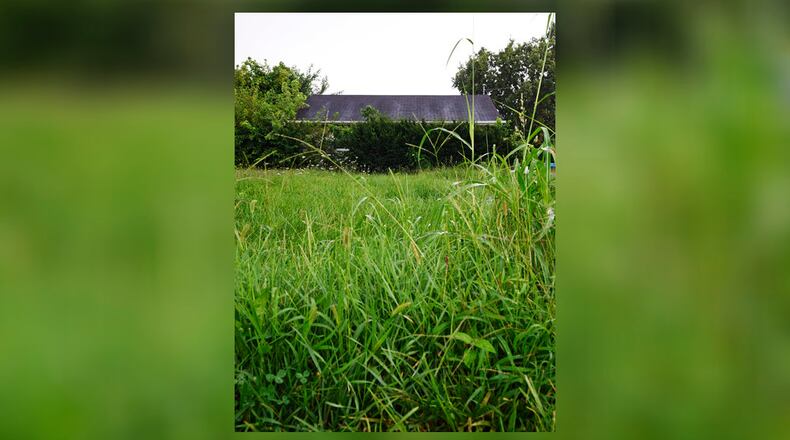“Under our current code, the property owner has to be notified every single time before that grass can be cut. So the neighbors are living next to a property where the grass keeps getting higher and higher and higher,” said City Law Director Donnette Fisher.
MORE Xenia building that survived 1974 tornado will get upgrades
Fisher is working to City Planner Brian Forschner to rewrite the entire property maintenance code, which is expected to be presented for council’s approval by early summer, but the grass cutting issue was introduced separately as the growing season nears.
The proposed law would increase the administrative fee that is added to the bill to property owners from $100 to $150, and it would require owners to cut back overgrown shrubs and trees that are causing hazards to pedestrians or motorists. Currently, the code only requires owners to deal with dead trees or shrubs.
Fisher said temporary workers are hired each summer just to keep up with the required notifications, and the hope is the city could eliminate the cost of hiring those workers if the new ordinance is passed.
The city spends $20,000 to $25,000 annually for contractors to cut grass, and the city recovers only a portion of the total costs involved, Forschner said.
City records indicate Xenia collected $42,500 from property assessments on grass cutting in 2018, $14,600 in 2017 and $26,000 in 2016.
“That overage helps to recoup part of that cost, but nowhere near all of it,” said Forschner, referring in-part to paying code enforcement officers and finance personnel to assess the properties with the bills.
If the new ordinance is passed, a citywide notification will be published April 1. After that, property owners whose grass is 10 inches or higher will get a letter notifying them of the code violation. If the grass still isn’t cut, a contractor hired by the city will go out and mow the grass and the cost to do that will be assessed on the property’s tax bill.
STAY CONNECTED: Greene County News on Facebook
The proposed ordinance could be good news for people who own lots of 10,000 square feet or more. The proposal includes reducing the setback that must be mowed next to developed property from 100 feet to 50 feet.
“On the one hand, I understand people wanting the area behind them to look nice. On the other hand, if I live on the edge of town, I kind of expect that if there’s a development property next to me, it’s not going to look like a golf course,” Forschner said.
About the Author
